
If you have a bicornuate uterus, that means your uterus has two horns. This abnormality is not called a heart-shaped uterus for nothing; these uteri often really do resemble a heart. There is a deep dent at the top of the uterus, and sometimes a partition on the inner wall as well. It is estimated that 20 percent of women have a bicornuate uterus. It is a congenital condition; the uterus is actually formed in a female fetus at about five weeks gestation. Many women who have a bicornuate uterus have no idea, until they have a routine ultrasound during pregnancy or another gynecological examination. The uterus can be heavily heart-shaped or have only minor indentations.
It can be corrected through surgery, but that only applies to women who have the advantage of being aware of their uterine abnormality before trying to get pregnant. Women with a bicornuate uterus normally do not have any difficulty conceiving a baby, but the shape does present difficulties during pregnancy, and especially in the later stages. The risk of miscarriage goes up, a woman with a bicornuate uterus is more likely to also have an incompetent cervix, and breech babies and pre-term labor are more frequent as well. In addition, after giving birth, women who have a bicornuate uterus have a higher incidence of a retained placenta, where the placenta does not deliver spontaneously. Medical professionals say that around 60 percent of pregnancies with a bicornuate uterus ends with the delivery of a healthy baby.
- medlineplus.gov/ency/article/001497.htm
- www.cdc.gov/nchs/data/icd/icdtab10add.pdf
- Photo courtesy of Ed Uthman MD. by Wikimedia Commons: commons.wikimedia.org/wiki/File:Bicornuate_Uterus.jpg





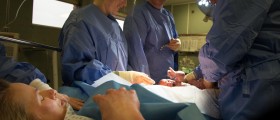

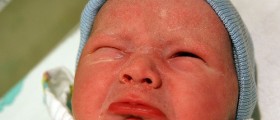

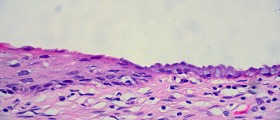
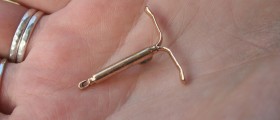

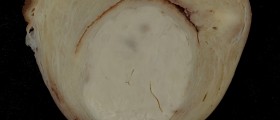


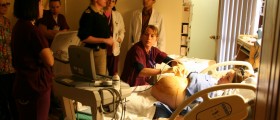

Your thoughts on this
Loading...